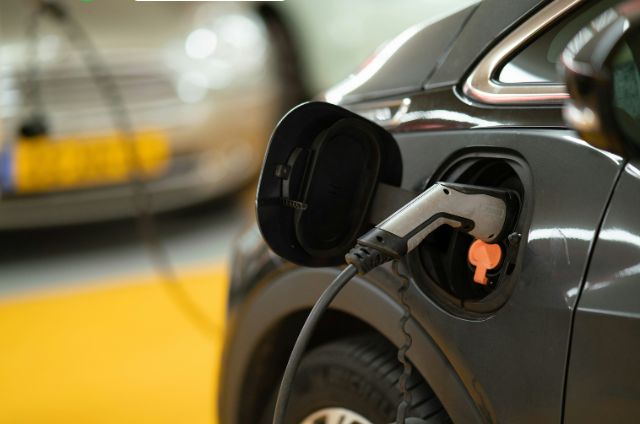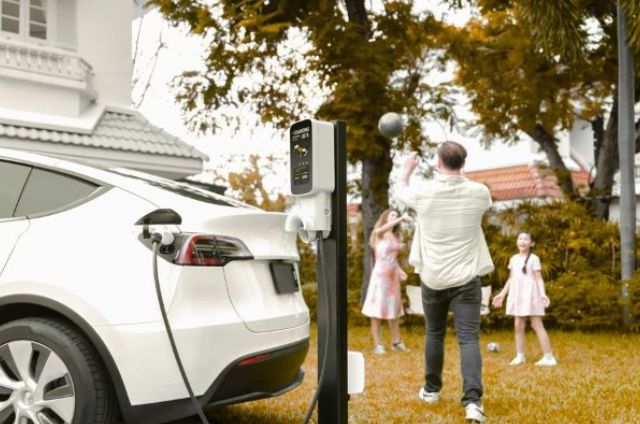Locking the Charge Door: Not Just for Looks
If you’ve driven an EV like the Audi Q4 e-tron or Kia EV6, you might have noticed the charge port door sometimes locks. But why? Unlike gas cars, no one’s siphoning electrons. Yet, Reddit threads are filled with stories of failed locks, frozen doors, and frustrated drivers. So what’s really the point?
Turns out, locking the charging door isn’t about stopping power theft—it’s about protecting the port and preventing mishaps.
Protection from the Elements…
One big reason: vandalism. The charge port is a critical and sensitive part of the car. Damaging it can mean expensive repairs or even stranded drivers. Locking doors discourage tampering and protect your investment—especially in public or unattended areas.
Drivers also shared real cases where car washes, ice storms, or even crosswinds popped open unlocked doors, risking damage. Locking prevents accidents like these, saving both stress and money.
Can Someone Steal Your Electricity?
Surprisingly, yes—sort of. Cars with V2L (vehicle-to-load) features can technically be tapped for power. Some models let you plug in a special adapter and pull energy from the battery, even without unlocking the doors. However, the maximum output is often limited (about 1–2 kW), and the value of stolen electricity? Mere cents per hour. Not exactly a high-stakes heist.
Still, automakers are refining how V2L works, and future software updates may add user authentication to prevent misuse.
A Smarter Lock for a Smarter Car
As EVs evolve into high-tech ecosystems on wheels, even small features like charge door locks carry a purpose. They reflect growing needs for security, convenience, and resilience in everyday driving.
So no, it’s not about preventing power bandits. It’s about building EVs that are smarter, safer—and less likely to get pried open in a snowstorm.



